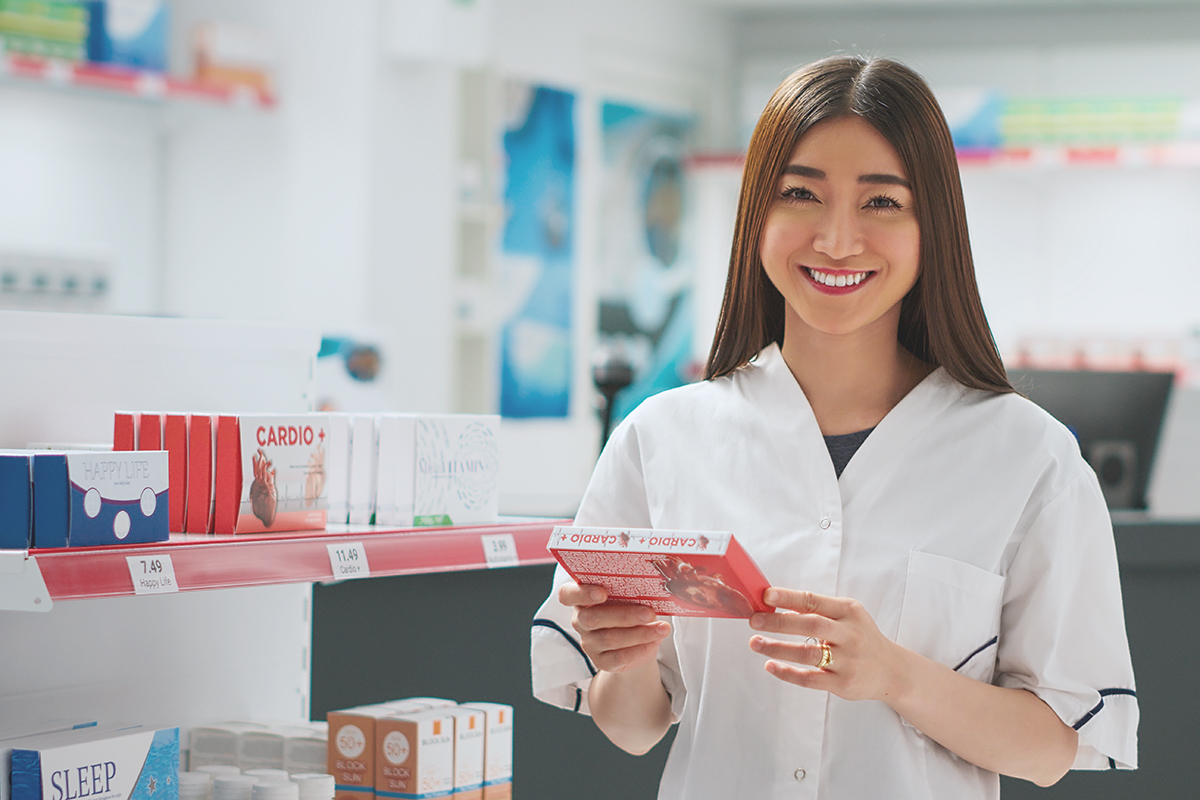The trend towards clean labeling for food supplements
More transparency or more confusion?
In today's world, where consumers are becoming more informed and expect transparency from brands and products, the clean label philosophy is becoming increasingly important. Nevertheless, the topic can raise some questions.
What exactly does "clean label" mean and why is it important?
The clean label philosophy is based on the principle of "less is more". Products should have a simple, understandable and straightforward list of ingredients without artificial additives, colorings, flavorings and other ingredients with a negative image. Some consumers are afraid that food contains unlabeled ingredients or have read that a certain food additive has harmful effects on health. This is where clean label products come into play, which are advertised with phrases such as "without..." or "free from..." (for example, "without artificial flavors" or "free from flavor enhancers").

How transparent is clean labeling really? First of all, there are legal requirements at EU level on how the declaration of ingredients should be designed. This means that some substances can be omitted from the declaration. These include auxiliary substances that do not remain in the end product and additives that have a technological purpose for individual ingredients but are present in too small quantities in relation to the overall product, as well as carriers of ingredients. These would lengthen the list of ingredients without offering any added value for the consumer. For this reason, Article 20 of the Food Information Regulation (Regulation No. 1169/2011) stipulates that these are exempt from the ingredient labeling requirement. Allsubstance groupsother than those mentioned in Article 20 must be listed in the list of ingredients, including all technologically active additives in the end product.
In principle, additives are defined in Regulation No. 1333/2008 as substances that are added to a food for a specific technological purpose (e.g. preservation, sweetening, coloring, ...). Additives are authorized in accordance with the European Additives Regulation. For many of them, maximum levels of use are specified in Regulation No. 1333/2008. If there are serious safety concerns, additives lose their approval, such as the colorant titanium dioxide, which is why capsule shells with this colorant may no longer be used in the EU. In general, however, it can be assumed that additives are not harmful to health if the limit values from Regulation No. 1333/2008 are complied with, as they have undergone an approval procedure and their safety is also re-evaluated at regular intervals by the European Food Safety Authority (EFSA). It is very rare for approval to be withdrawn on the basis of a new study, as is the case with titanium dioxide.
In the past, however, it was often the case that a single study alleging negative health effects of an additive attracted a great deal of media attention. Subsequent studies by other institutions, which pointed out errors in the experimental design of the first study and were themselves unable to establish any harmful effects of the additive, often did not receive the same attention. This has led to the negative image of some additives.
Everything clear with clean labeling?
Additives must be labeled with their class name (e.g. colorant or preservative) in the list of ingredients. In most cases, however, this should not appear on the packaging. However, ingredients are often still required in order to achieve the effect of an additive, as the following two examples illustrate:
- A product is labeled with the statement "without colorants".
However, the list of ingredients contains a coloring food (e.g. beet or spirulina) - The label states "without flavor enhancers".
According to the list of ingredients, however, it contains yeast extract, which is traditionally used for seasoning.
These substances do not have to be legally declared as colorants, flavor enhancers or similar, as they are not additives but foodstuffs. However, they have the same effect as the additives mentioned.
Consumer surveys have shown that many customers assume that a promise such as "without colorants" or "without flavor enhancers" does not contain an ingredient that performs this function. So if it is purely about transparency for the customer, it is questionable whether, for example, "flavor enhancer: glutamate" is not more comprehensible than the mere reference to "yeast extract" in the list of ingredients.
There is no doubt that clean labeling uses more natural ingredients than artificial ones. Where, for example, synthetic colorants were used 20 years ago, clean labeling is now returning to coloring foods such as beet or spirulina, which were used for coloring centuries ago.
Which ingredients are really necessary?
A fact that clean label advocates tend to underestimate: There are areas in which it is almost impossible to avoid additives, as a certain technological effect is required for the desired product.
For example, tablets cannot usually be produced without tableting excipients . Even a vegetable capsule automatically always has at least one additive, as vegetable capsule shells such as hydroxypropyl methylcellulose are a coating agent and therefore an additive. Even in the case of powders, which one might think can perhaps be produced without additives, a flavored product with a sweetener will often taste better than one without any flavoring or sweetening at all. 'No sweetener and no sugar, but still sweet' is a contradiction in terms. Naturally sweet foods such as fruit have a higher sugar content than other foods and therefore also derive their sweetness from sugar. Sometimes certain compromises are necessary for a well-rounded and tasty product.

Working together to create a customized product
Clean label products are an opportunity for differentiation and positioning in the market. We also prefer natural raw materials to synthetic substances whenever possible. Nevertheless, in consultation with you, our customers, we also use additives when it makes sense and is necessary.
At Biohealth, our aim is to make customers happy. For us, this also includes providing advice on the recipe. That's why we always get in touch with you as a customer to find the best possible solution so that your customers can have confidence in your brand.
Do you have a product that you would like to have reworked or would you prefer to launch a new product on the market? We will be happy to advise you on which substances are important and what we can do without in your product.
Get in touch with us and let's discuss the next steps.

